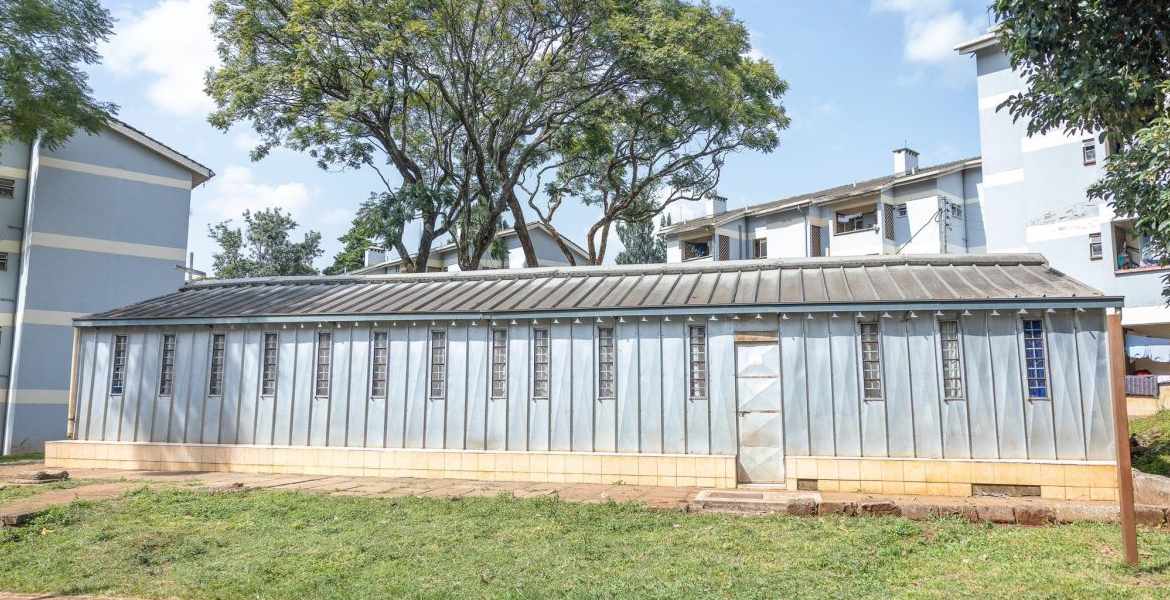Ruto’s Church at Nairobi State House Echoes Lavish Religious Projects by African Leaders

President William Ruto's initiative to build a church on the grounds of the State House in Kenya has ignited a national debate, echoing similar controversies surrounding religious monuments commissioned by African leaders.
The project, which Ruto claims is privately funded, has prompted scrutiny regarding the separation of church and state, financial accountability, and the appropriate use of public resources, particularly amid current economic challenges. The construction revives a broader discussion across the continent regarding the convergence of personal faith, political authority, and the construction of grand religious structures. Historically, such projects, often justified as expressions of personal piety or national unity, have raised concerns about their financial implications, symbolic messaging, and potential political motivations.
Examples across Africa highlight the complexities and controversies surrounding these initiatives. In Zaire, later known as the Democratic Republic of Congo, President Mobutu Sese Seko erected the Chapelle de la Miséricorde within his opulent palace in Gbadolite in 1978. This chapel, adorned with marble and gold, served as a personal sanctuary and a mausoleum. Following Mobutu's removal from power in 1997, the chapel was desecrated, symbolising public rejection of his rule.
In Ghana, former President Nana Akufo-Addo's proposal for a National Cathedral also sparked significant debate. While initially presented as a private initiative and a pledge to God following his election victory, the project soon faced scrutiny when public funds were allocated to it. Critics questioned the allocation of state resources to the cathedral, arguing that it diverted funds from critical socio-economic needs.
In Equatorial Guinea, President Teodoro Obiang Nguema, Africa's longest-serving leader, commissioned the Basilica of the Immaculate Conception in his hometown of Mongomo. This structure, reminiscent of St Peter's Basilica in the Vatican, is one of the continent's largest religious buildings. Despite its grandeur, the basilica sees little use, and reports have criticised the government's focus on such projects over essential public services such as healthcare and education.
Algeria's Grand Mosque of Algiers, or Djamaa El-Djazair, stands as a testament to the ambitions of former President Abdelaziz Bouteflika. Completed in 2019 and officially inaugurated in 2024, the mosque features the world's tallest minaret, standing at 265 metres, and it has the capacity to accommodate up to 120,000 worshippers. Built by a Chinese firm at a cost of approximately $900 million, the mosque has faced criticism as a vanity project, accompanied by allegations of corruption. Its delayed opening and concerns about its location in a seismically active area have further fueled scepticism.
Côte d'Ivoire's Basilica of Our Lady of Peace in Yamoussoukro, commissioned by President Félix Houphouët-Boigny and completed in 1989, represents perhaps the most extravagant example. Recognised as the largest church globally by area, surpassing even St Peter's Basilica, it features Italian marble and French stained glass. The basilica's estimated cost, ranging from $175 million to $600 million, prompted widespread criticism given the country's economic challenges at the time.
Houphouët-Boigny's decision to locate the basilica in his hometown, which he had designated the political capital, was widely perceived as an attempt to immortalise his legacy. Back in Kenya, President Ruto's church project has drawn criticism from religious leaders, civil society organisations, and opposition politicians. Questions have been raised regarding the appropriateness of constructing a denominational structure within the executive branch's seat of power. While Ruto maintains the church replaces a dilapidated chapel, concerns about the message it sends during economic hardship persist.
Kenya's Constitution strictly prohibits the establishment of a state religion. Critics argue that building a Christian church within the State House could alienate citizens of other faiths, thus undermining the republic's secular nature. The historical precedent set by other African leaders indicates that religious monuments can become symbols of excess and exclusion rather than unity and reverence.








Add new comment